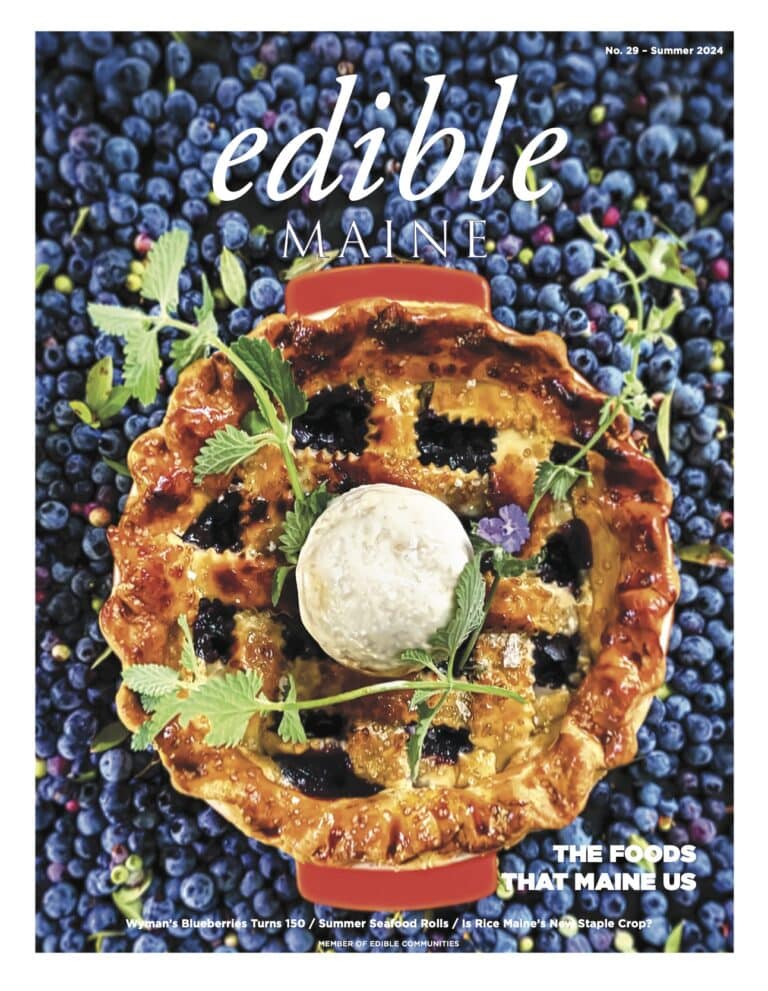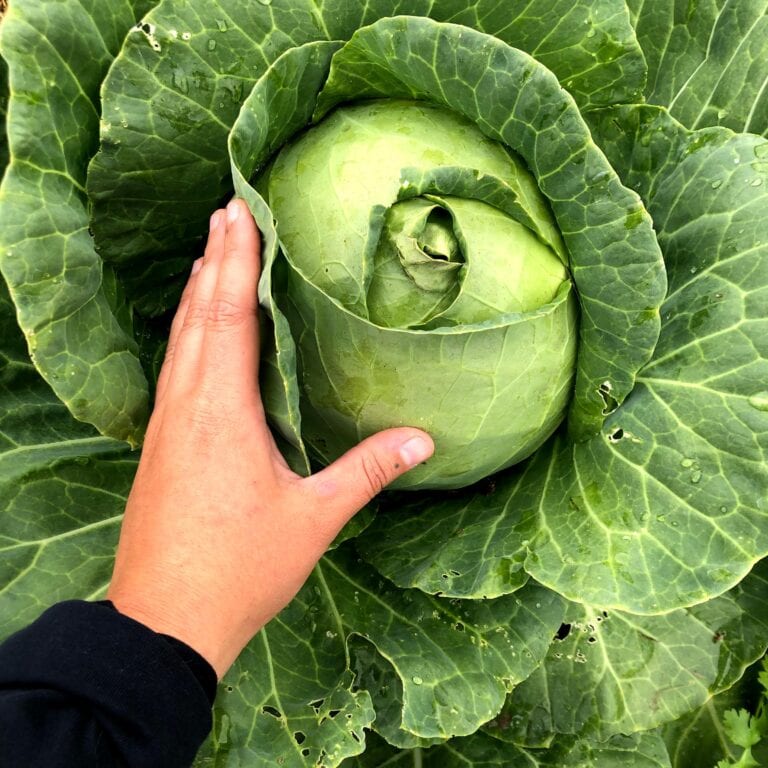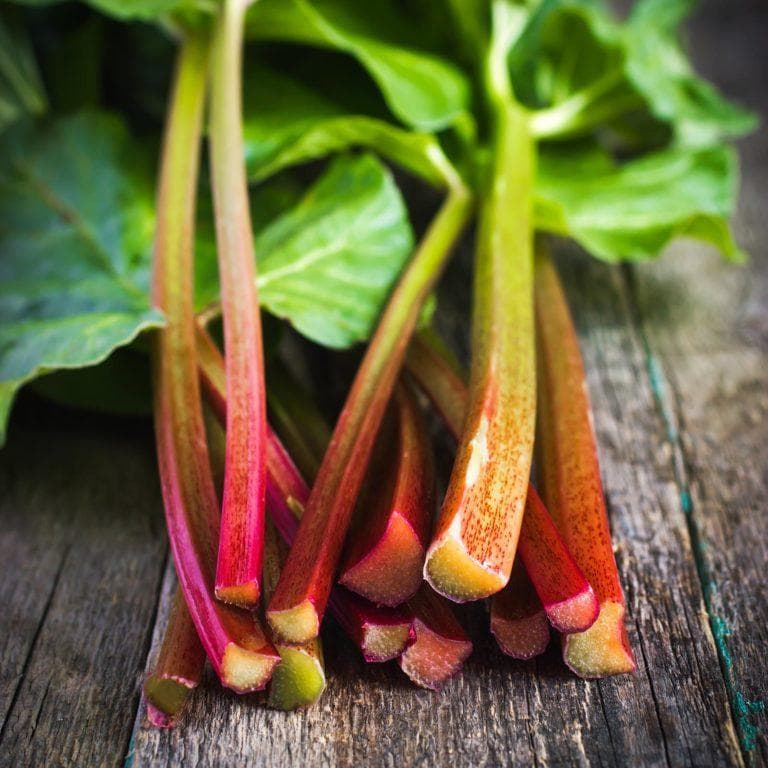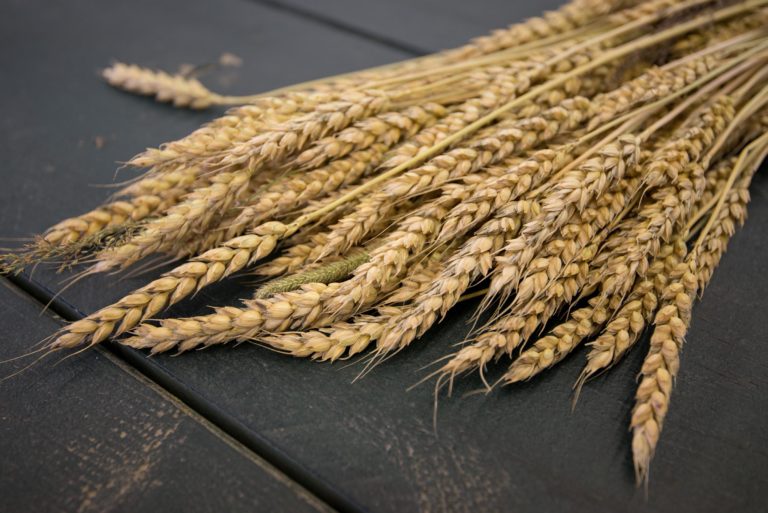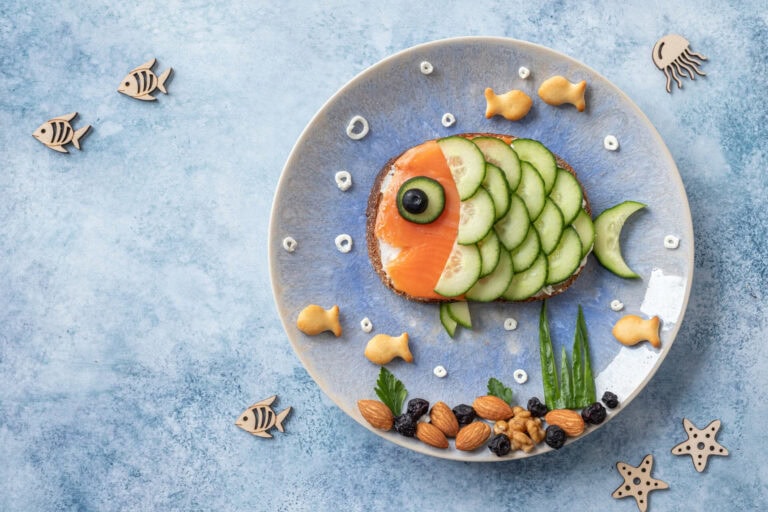 The first time, we parked the car some distance from our destination to throw any would-be followers off our trail. I was 10 years old and could barely handle the excitement, caught between the adrenaline rush of a clandestine mission and the goody-two-shoes fear we might be caught green-handed, though I was never quite sure by whom.
The first time, we parked the car some distance from our destination to throw any would-be followers off our trail. I was 10 years old and could barely handle the excitement, caught between the adrenaline rush of a clandestine mission and the goody-two-shoes fear we might be caught green-handed, though I was never quite sure by whom.
Surreptitiously stuffing wrinkled grocery bags into our pockets, we tromped in our wellies down the sandy shoulder of the road, waiting for Dad’s cue that it was safe to duck into the woods. When he was sure no cars were coming, he nodded. We disappeared into the scraggly forest’s edge and made our way to a secret fiddlehead patch. There, we harvested just enough of the wild ferns for a single spectacular supper.
It was my parents’ Harpswell neighbor who had disclosed the patch’s location, using the hushed tones and secretive manners of an intelligence officer. As a personality, Les embodied incongruous traits. He left piles of asbestos around his yard and burned garbage in a barrel behind his house. But he also collected clippings from rare apple trees located throughout Maine and grafted them onto trees in his one-acre orchard, clearly cherishing nature’s unique offerings.
His appreciation for fiddleheads fell into the latter category of traits. He’d spent years venturing through wooded landscapes to find the conditions where they might flourish. And when he did, he deemed our family worthy of knowing about the secret site. One day in the mid-1990s, my dad hopped into our neighbor’s old Cadillac and was driven to Les’ finally found fiddlehead patch.
That gift from Les has kept on giving—in the form of an annual springtime pilgrimage. Twenty-five years later, I’m once again waiting for Dad’s signal to duck into the forest with a pocket full of grocery bags, feeling the same tingly-toed excitement of secretive foraging. It’s May, and the air is thick with the liminal sights, sounds, and smells of the season’s changing. The landscape is largely brown, the ground mucky and wet under our boots, scattered birdsong bouncing around above our heads. The smell of thawed earth mixes with the scent of new growth.
Fiddleheads thrive in shady areas near flood-prone rivers and streams where the soil is wet but also well drained, and so we follow the sound of the trickling water. Well, Dad follows the sound of the water. I follow him, carefully taking in landmarks so I can share this delicious secret with my kids someday.
“Down the short steep hill, to the right along the deer path, stay left at the dead tree with the smooth bare branches that stands alone in the grassy patch,” I commit to memory.
As we walk, Dad recalls a favorite old chestnut of a memory when we met a man near the stream where the ferns grow. We said a soft hello, and the stranger, eyes twinkling, lips grinning, reached into his pocket and pulled out a small fish that sat like a shiny prize in his palm.
We think back to another year when we weren’t the first to the patch. A previous visitor had clear-cut the ferns, rather than respectfully plucking one or two fiddleheads from each cluster so some could mature into next year’s ferns. It took years for the patch to recover. We tell ourselves this story annually: a reminder to tread lightly, harvest minimally.
It’s also important to correctly identify the ostrich ferns. “Don’t be fooled by the stems with the fuzzy white coatings, or the thinner green ferns with the black speckles. Only pick the tightly coiled bold green fern heads with the lustrous stems and the deep inside grooves,” we prompt one another.
Dad has already done reconnaissance on the patch this year to know when they might be ready to harvest. He telephones me. “It’s time.”
If you blink, you can miss the season. One day the ground is undisturbed, the emerald jewels buried just beneath the surface. A week later, weather warm, you might arrive to stands of unfurled ferns, mature but now inedible.
Are we too early? We reach the stream and poke around, bodies bent, noses to the ground. At first, we see nothing. But like with the Magic Eye optical illusions of my childhood, my focus shifts and I see pops of green in patches all around me. Dad’s shout tells me he’s made the same discovery. We fall into reverent silence to pluck our treasure from the ground.
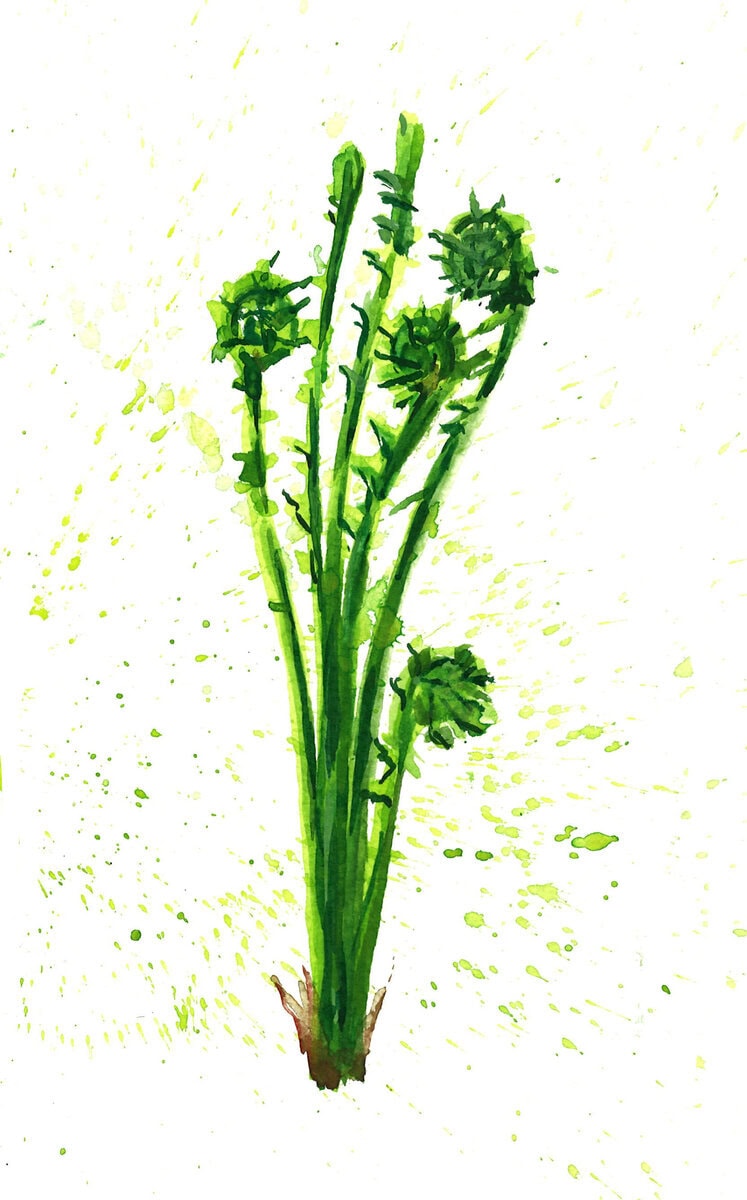
I use my thumb and forefinger to pinch one, maybe two tightly wound fiddleheads from each cluster, leaving more behind than I take. I roam up and down the bank, selecting ferns until I have accumulated a modest harvest. Dad does likewise. We straighten up and pat the fat bottoms of our bags, pleased to have just one or two meals’ worth in our possession. Satisfied, we take an exploratory walk further into the woods to see how far up the stream the ferns grow. The patch is small and doesn’t extend much further than where we had already picked, the whole little Eden hidden in plain sight. It would be easy for someone walking here to unwittingly pass over or tread through the patch.
We emerge from the woods and pop the fiddleheads into our cars, then say farewell and head to our respective homes. In our own kitchens, we carefully rinse the bright green ferns several times in cold water, picking the papery brown film from the stems and removing errant blades of grass. We boil them in fresh water for nearly 10 minutes, not being ones to risk foodborne illnesses.
From this point, our fiddlehead preparations diverge, though our mutual predilection for salt is clear. Dad strains his from the boiling water and lightly sprinkles them with lime juice and soy sauce. The combination complements the earthiness of the ferns while drawing out their lovely unadulterated flavor. I brown a healthy pat of butter in a cast-iron skillet, then throw in my freshly boiled fiddleheads for a quick sauté. Scattering a generous pinch of salt, I eat them straight out of the pan.
Eating separately, we are sated by this rarest of meals—savoring their memory as we move through the cycle of seasons before we can sneak back into the forest to indulge in our well-kept family secret.









